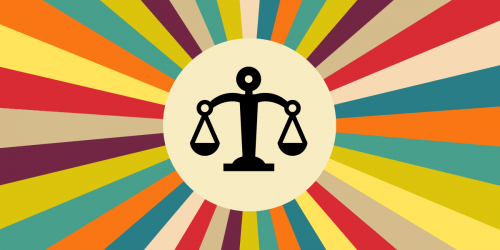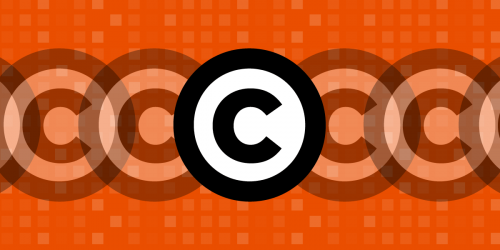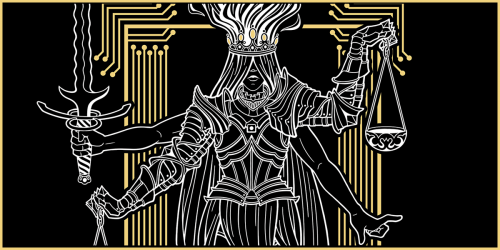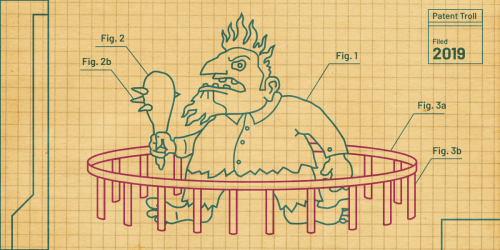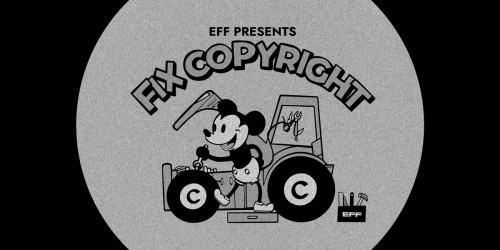Much of what we do online involves reproducing copyrightable material, changing it, and/or making new works. Technically, pretty much every original tweet is copyrightable. And the vast majority of memes are based on copyrighted works. Your funny edits, mashups, and photoshopped jokes manipulate copyrighted works into new ones. Effective communication has always included a shared reference pool to make points clearly understood. And now we do that online.
In other words, as the digital world has grown, so has the reach of copyright protections. At the same time, copyright and related laws have changed: terms have expanded, limits (like registration) have shrunk, and new rules shape what you can do with your stuff if that stuff happens to come loaded with software. Some of those rules have had unintended consequences: a law meant to prevent piracy also prevents you from fixing your own car, using generic printer ink, or adapting your e-reader for your visual impairment. And a law meant to encourage innovation is routinely abused to remove critical commentary and new creativity.
In the age of copyright creep, fair use, which allows the use of copyrighted material without permission or payment in certain circumstances, is more vital than ever. A robust and flexible fair use doctrine allows us to make use of a copyrighted work to make new points, critiques, or commentary. It allows libraries to preserve and share our cultural heritage. It gives us more freedom to repair and remake. It gives users the tools they need to fight back, in keeping with its core purpose—to ensure that copyright fosters, rather than inhibits, creative expression
The Supreme Court has an opportunity to ensure that the doctrine continues to do that essential work, in a case called Andy Warhol Foundation v. Goldsmith. At issue in the case is a series of prints by Andy Warhol, which adapt and recontextualize a photograph of the musician Prince. While the case itself doesn’t involve a digital work, its central issue is a fair use analysis by the Second Circuit that gets fair use and transformative works fundamentally wrong. First, it assumes that two works in a similar medium will share the same overarching purpose. Second, it holds that if a secondary use doesn’t obviously comment on the primary work, then a court cannot look to the artist’s asserted intent or even the impression reasonable third parties, such as critics, might draw. Third, it holds that, to be fair, the secondary use must be so fundamentally different that it should not recognizably derive from and retain essential elements of the original work.
As EFF and the Organization for Transformative Works explain in a brief filed today, all three conclusions not only undermine fair use protections but also run contrary to practical reality. For example, instead of addressing whether the respective works offered different meanings or messages, the Second Circuit essentially concluded that because the works at issue were both static visual works, they served the same purpose. This conclusion is perplexing, to say the least: the works at issue are a photograph of an individual and a collection of portraits in the classic Warhol style that used the photograph as a reference—which you do not need to be an art expert to see as distinct pieces of art. The intent of the photographer and Warhol were different, as are the effects on the different audiences.
This framing of fair use would be devastating for the digital space. For example, memes with the same image but different text could be seen as serving fundamentally the same purpose as the original, even though many memes depend on the juxtaposition of the original intent of the work and its new context. One scene from Star Wars, for example, has given us two memes. In the original film, Darth Vader’s big “NOOOO” was surely meant to be a serious expression of despair. In meme form, it’s a parodic, over-the-top reaction. Another meme comes from a poorly-subtitled version of the film, replacing “NOOOO” with “DO NOT WANT.” Fan videos, or vids, remix the source material in order to provide a new narrative, highlighting an aspect of the source that may have been peripheral to the source’s initial message, and often commenting on or critiquing that source. And so on.
Just last year, the Supreme Court recognized the importance of fair use in our digital world in Oracle v. Google, and we look for it to reaffirm fair use’s robust, flexible, and stable protections by reversing the Second Circuit’s decision in this case.




